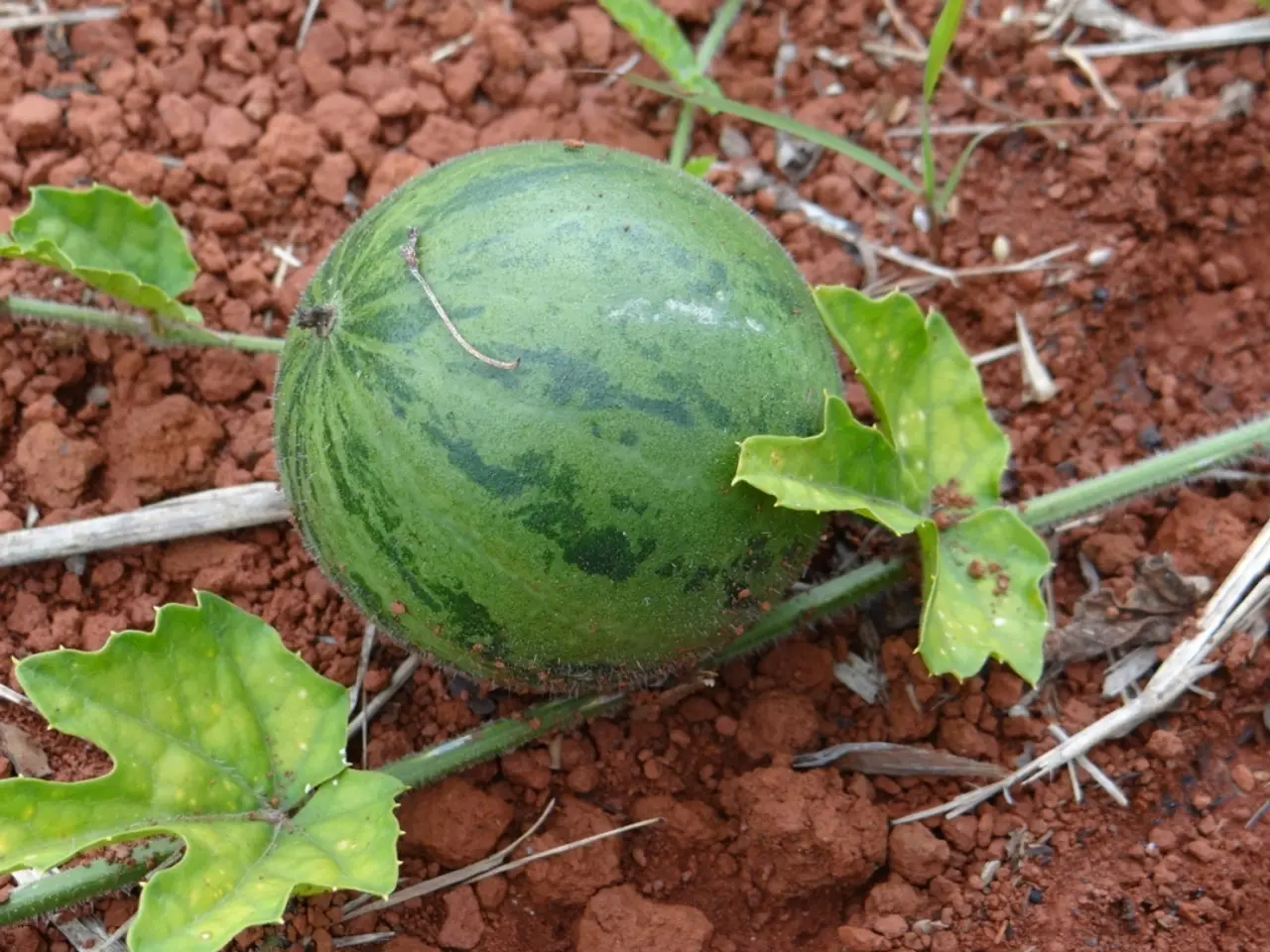Climate-related damage mitigated through manual pollination in cocoa plantations
In a recent study published in the journal Communications Earth & Environment, researchers suggest that hand pollination of cocoa crops and the use of native plants and trees could help offset losses due to climate change. This research is significant as cocoa, the main ingredient in chocolate, is an important cash crop for approximately 5 million smallholder farmers, primarily in Africa, Southeast Asia, and Latin America.
The study, originally published on SciDev.Net, analysed factors affecting cocoa production in Indonesia, Brazil, and Ghana, including climate and pollination. It found that cocoa yields could drop by up to 30% in the warmest areas compared to sites that are 7 degrees cooler. This trend is particularly concerning as rising temperatures have significantly reduced cocoa production in key producing countries like Brazil, Ghana, and Indonesia.
Prantik Banerjee, an assistant professor of environmental science, emphasizes the need for more research on cocoa pollination, climate change mitigation strategies, and new, climate-resilient varieties of cocoa plants. He also suggests that effective pollination methods and climate-resilient agricultural training programs could enable farmers to "change with the times" and address insufficient pollination as a critical factor limiting cocoa production.
The study's findings suggest that native plants and trees hold the key to sustainability in cocoa farming. Specifically, the main insect species required for cocoa pollination are tiny midges from the family Ceratopogonidae. Encouraging agroforestry systems, maintaining shaded, humid environments with diverse shade trees and leaf litter that provide breeding habitats for these midges, and avoiding excessive pesticide use support effective cocoa pollination.
Governments should support sustainable farming methods such as keeping leaf litter, offering moderate shade, and cutting chemical use to enhance pollinator habitats and soil condition. This could help maintain the revenues from cocoa that help farmers pay for education, health services, and food, contributing to global goals on ending poverty and hunger.
The rising demand for cocoa has led to an expansion of cocoa plantations, often at the expense of sustainability and biodiversity. Intermediate canopy cover can help mitigate the negative effects of warmer temperatures on cocoa production. Cocoa thrives in a specific temperature range, with 32 degrees Celsius being optimal for growth.
The global chocolate industry is estimated to be worth over US$100 billion per year. As such, it is crucial to ensure the sustainability of cocoa farming for the benefit of farmers, consumers, and the environment. The study's findings underscore the importance of continued research and the implementation of sustainable farming practices to secure the future of cocoa production in the face of climate change. Tscharntke emphasizes the need for more research on cocoa pollination, climate change mitigation strategies, and new, climate-resilient varieties of cocoa plants.
Read also:
- Understanding Hemorrhagic Gastroenteritis: Key Facts
- Stopping Osteoporosis Treatment: Timeline Considerations
- Tobacco industry's suggested changes on a legislative modification are disregarded by health journalists
- Expanded Community Health Involvement by CK Birla Hospitals, Jaipur, Maintained Through Consistent Outreach Programs Across Rajasthan








